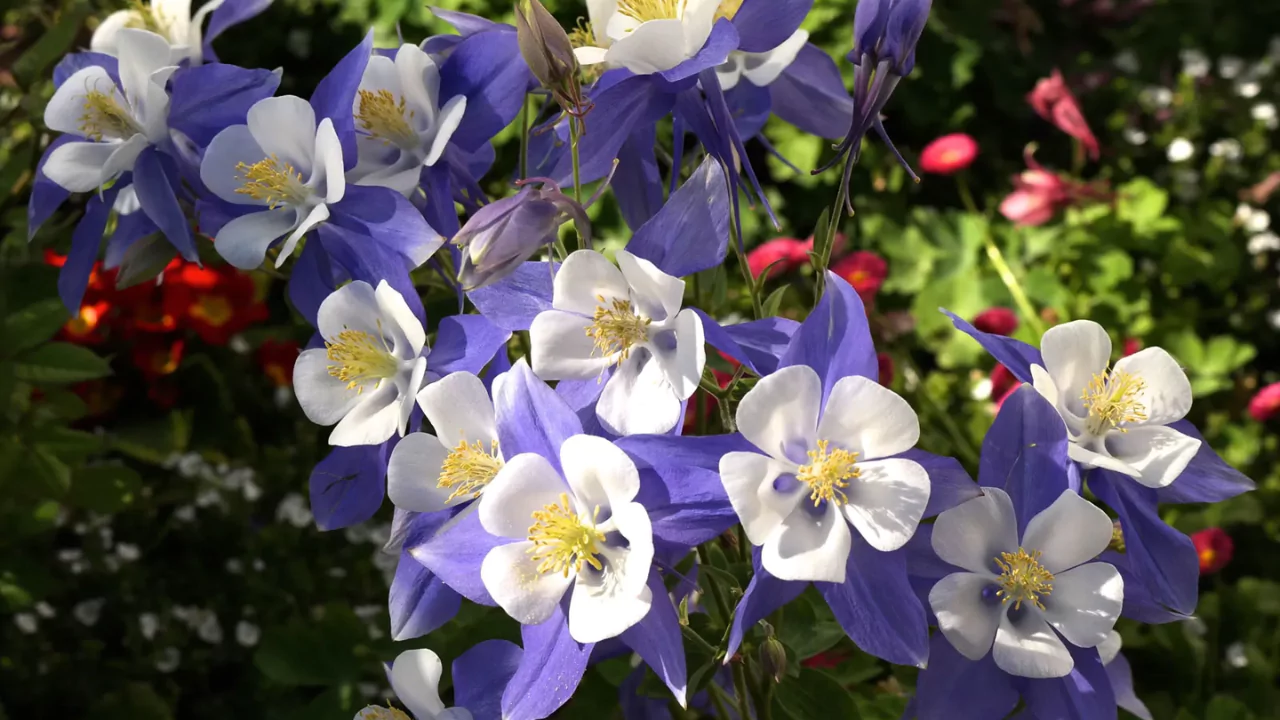
Is your garden missing a touch of beauty, or even a splash of color? Look no further as we offer something unique.
One hundred species and cultivars of columbine woodland flowers can be found in the Northern Hemisphere, and belong to the genus Aquilegia.
These plants are found in the woodlands and mountainous regions in North America and Europe, and do well in locations with partial sunlight and those with dappled shading.
“The appeal of a flower is in its contradictions. So delicate in form yet strong in fragrance. So small in size yet big in beauty. So short in life yet long in effect.”
–Luther Burbank
Commonly, columbines are known “Granny’s Bonnet” and Aquilegia as well.
People enjoy growing columbines because of their spurred, bell-shaped flowers. The colors and shades of the flowers ranges from muted pastel to bright red, purple and even bi-color.
Are Columbine Flowers Perennials?
Columbine is a hardy perennial flower derived from the Buttercup family (Ranunculaceae).
Like their namesake, columbines are sturdy little flowers that have a lot of seasonal color to offer throughout the majority of the year due to their hardiness.
With a rating of 3-9 on the USDA plant hardiness scale, these plants are suitable for a large portion of the United States.
Look for areas that are sunny in the morning and lightly shaded in the afternoon when considering Aquilegia for your garden.
The columbine plant flourishes in moist, fertile soil that has fast drainage but does not dry out completely, or show puddles after the rains.
You can plant columbine up to 9,000 feet, with some varieties growing as high as 10,000 feet.
Popular Varieties and Cultivars
There are countless good varieties for you to choose from. There are even hybrids specially created for American gardens.
Some of the features to consider when choosing the right variety for your garden include:
- Disease and pest resistance
- Unique color
- Double petals
- Varying spur lengths
- Upward facing blossoms
Some popular choices amongst American gardeners include:
1. A. caerulea
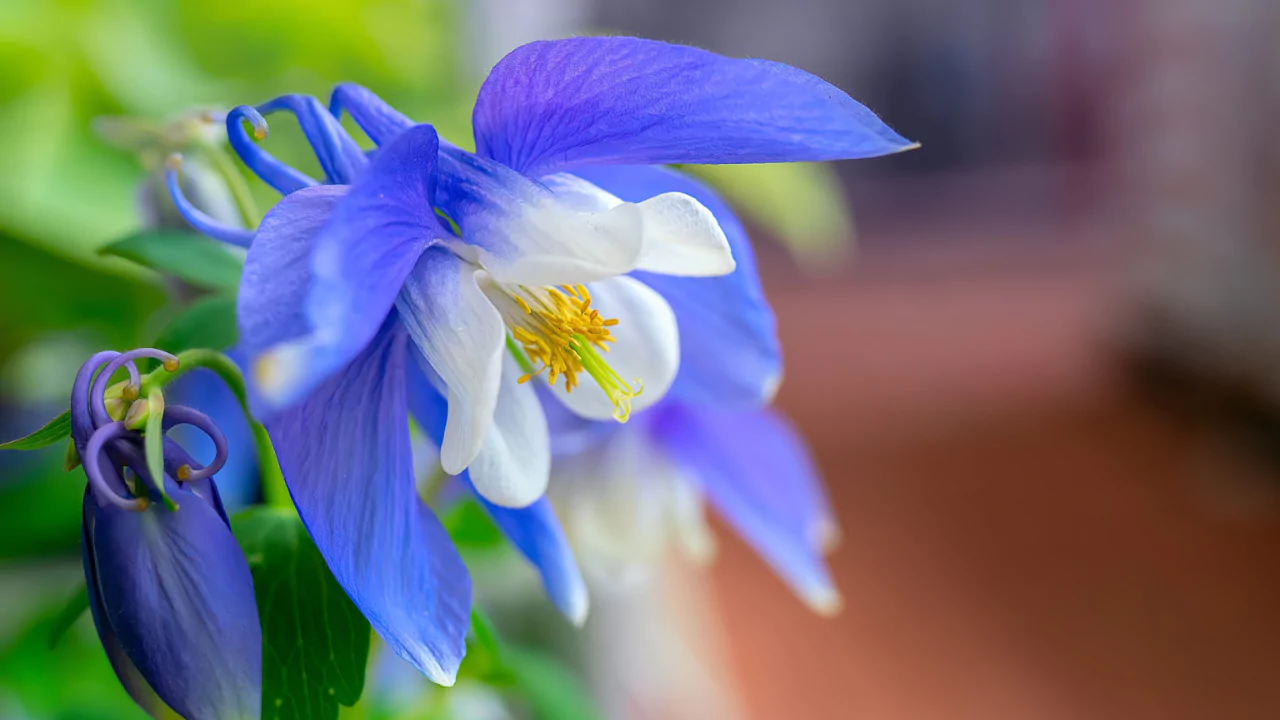
Blue Star, botanical name Aquilegia caerulea, is a cultivar with beautiful blue flowers featuring a white center.
Blue star blossoms are 3-4 inches and the plant reaches a height of about 30 inches.
2. A. canadensis
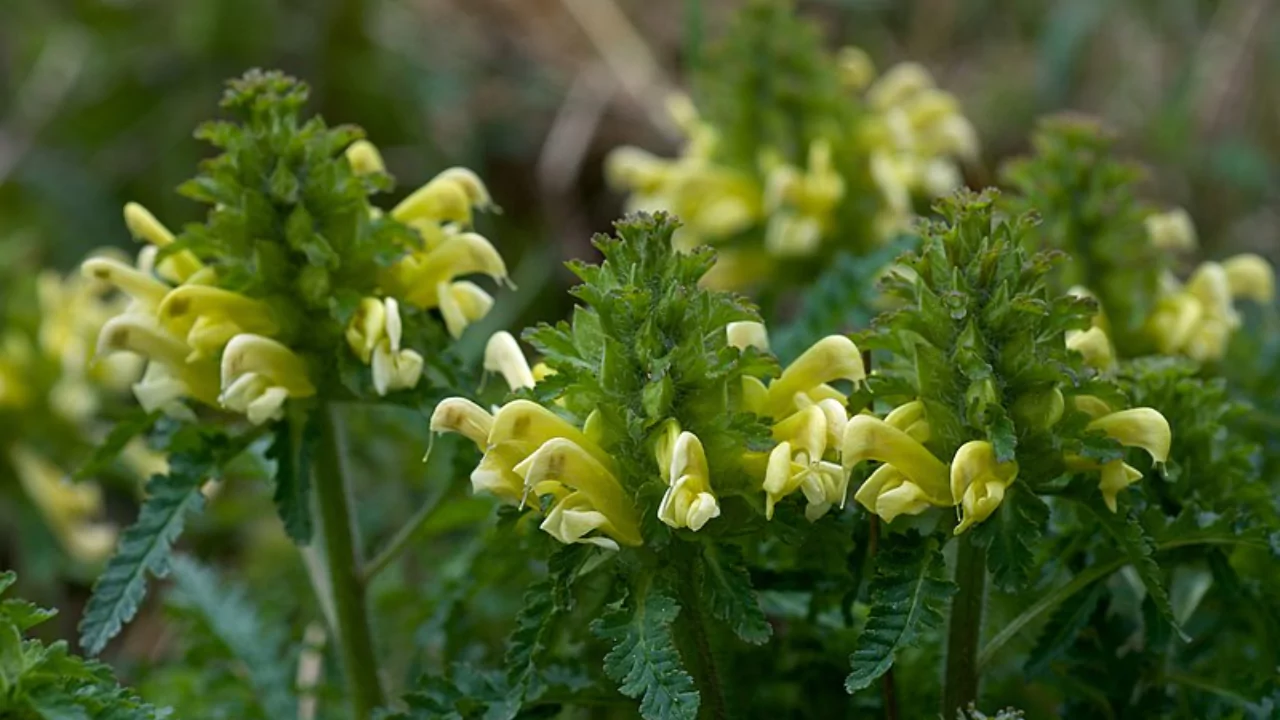
Aquilegia canadensis, commonly called Wild Columbine or Eastern Red Columbine, is a Canadian native species.
It is shorter in height and size with only 1-2 inch flowers and reaching 1-2 feet tall, when compared to hybrid varieties.
The red flowers of Aquilegia canadensis also have spurs that are reddish and contrasting yellow centers.
Another interesting characteristic of this variety is that the flowers are nodding blossoms. Therefore, the flowers bloom downwards while the spurs face upwards.
3. A. hybrida
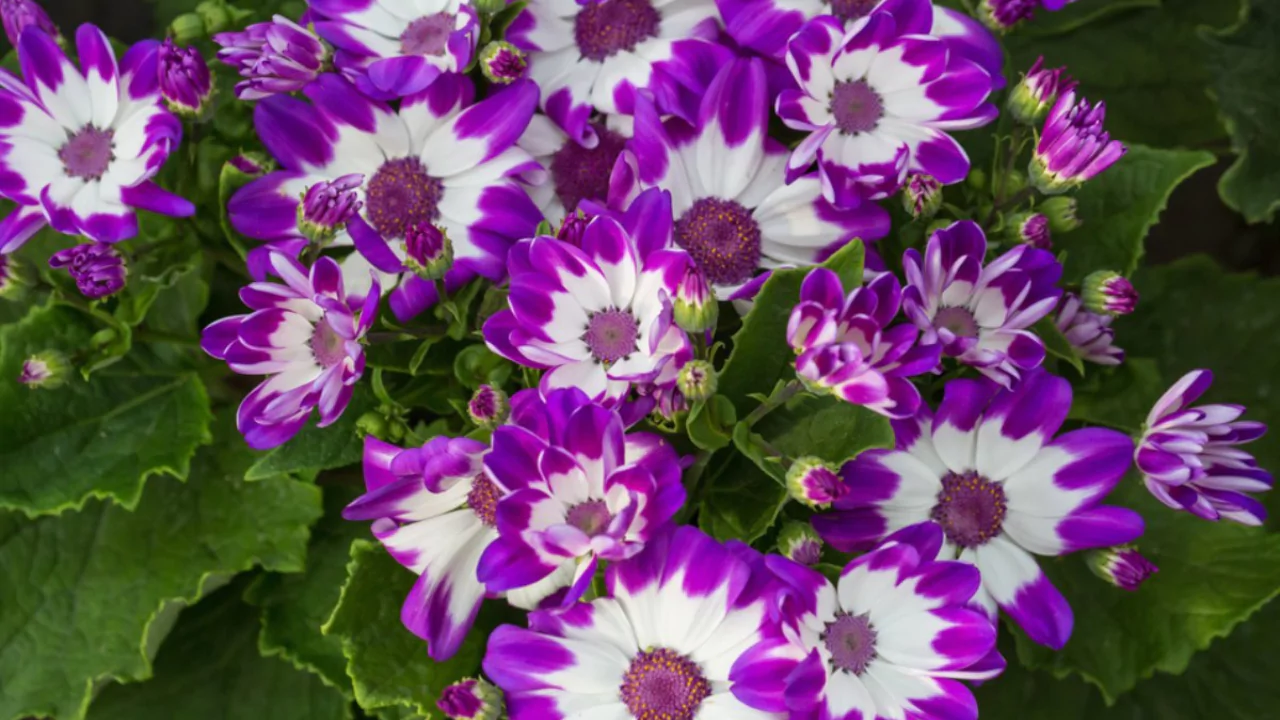
Also known as Mckana Giant, the stunning Aquilegia cultivar A. hybrida comes with multicolor blossoms which are its main feature.
This species also contains breathtaking bi-colored patterns along with long spurs which are eye-catching making it a perfect candidate for garden and indoor arrangements.
Flowering in red, purple, yellow and white, the petals face upwards. The blooms are 2-3 inches wide and the plant stands 2-3 feet tall.
4. A. vulgaris
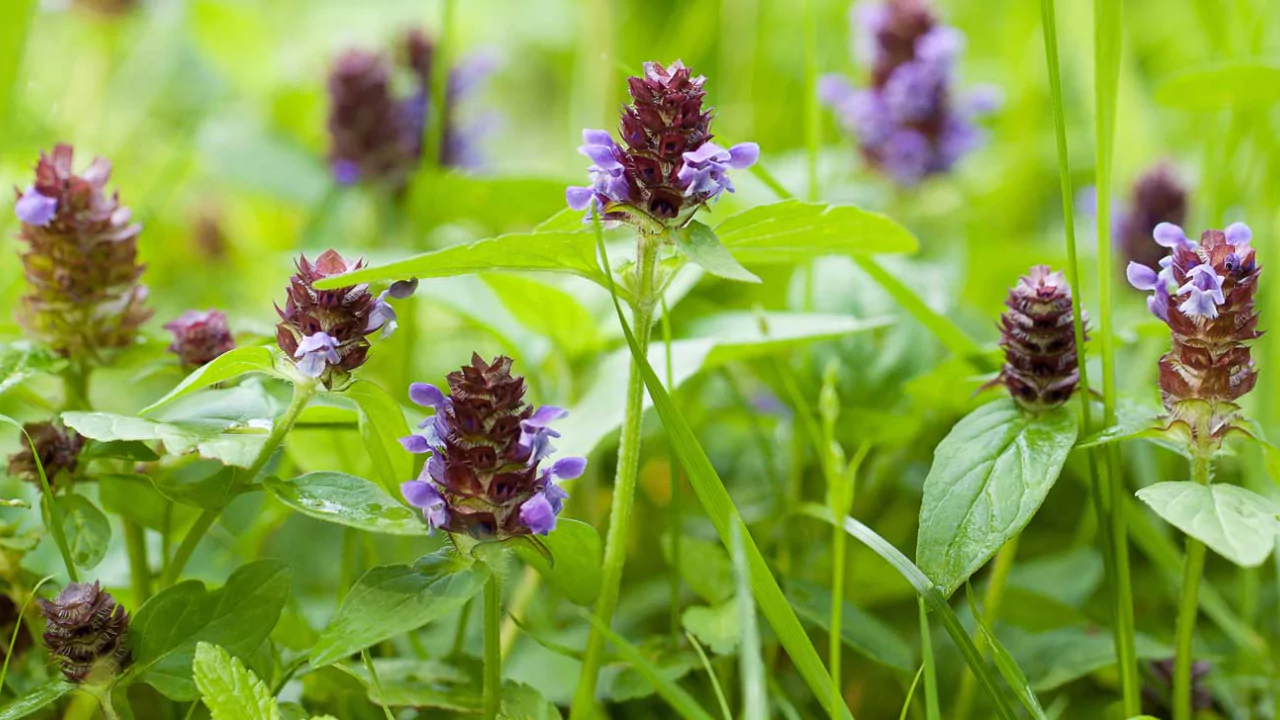
As granny’s nightcap, this species is a columbine native to Europe. Thus, Aquilegia vulgaris is infamously known.
The color palette of the flowers is pretty diverse with shades of purple to white.
A. vulgaris is characterized by spreading sepals, short hooked spurs and grows about 18-36 inches tall.
Although its lifespan may be on the shorter side, it is capable of self seeding and can create large colonies under favorable conditions.
5. Swan Burgundy and White
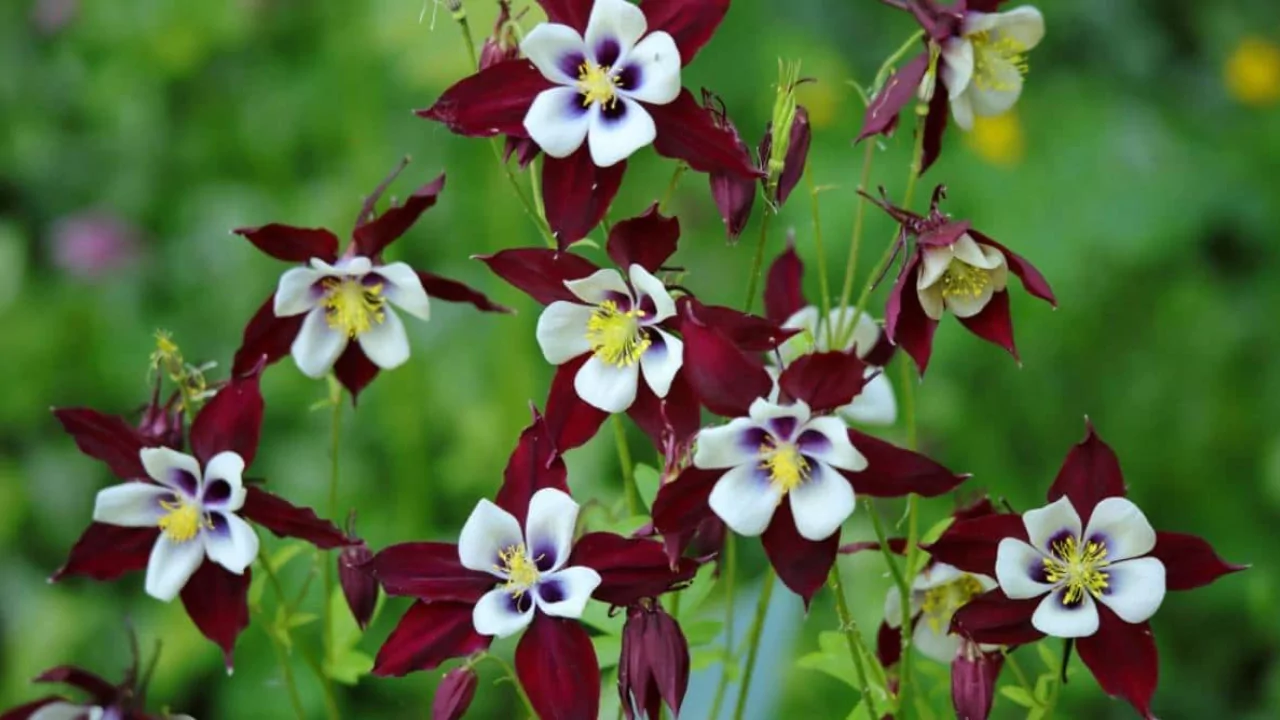
This cultivar is particularly stunning because of its white center and the bright burgundy color of its sepals and long spurs.
As with many perennial plants, it attains a moderate height of 18-20 inches, while the flowers measure a modest 2-3 inches in diameter.
How Do You Plant Columbine Flowers?
Columbine flowers can surprisingly be very easy to plant as they will readily grow from seeds, and new plants can be created by dividing established plants. The downside however, is that the rootstock and leaves are fragile and may not survive the division process.
If you intend to sow seeds, then know that Aquilegia is a biennial plant and will take 2 years before flowering. Columbine seeds also undergo a stratification period of around 3-4 weeks prior to germination.
Stratification describes the process in which dormancy is broken, stimulating the seeds to germinate. It mimics what occurs in nature before germination. For example, the cold temperatures of winter for prolonged periods before spring germination.
To stratify columbine flowers, refrigerate seed packets for 3-4 weeks before sowing in spring.
This approach is most effective if the seeds are sown in seed trays or pots and then chilled to 40°F.
Alternatively, you can plant the seeds in late fall and let nature take its course. During winter, seed dormancy will break, and the new flowers will germinate in spring.
When sowing the seeds, ensure the soil is moist, and cover them with a delicate sprinkling of soil. Place the container in a warm and sunny spot until germination occurs. This process takes around thirty days.
Once the seedlings develop their first set of true leaves and reach a few inches in height, they can be transplanted outside.
However, keep in mind that the seedlings need to be “hardened off” before being planted into the garden.
This is a stage when young plants adapt to the outdoor environment.
To do this, the seedlings can be placed in a sheltered outdoor location for a week. Make sure the area is shielded from wind and afternoon sun. If there is a possibility of frost overnight, bring the seedlings indoors.
The hardening process is critical for the seedlings. It strengthens the plants’ cell structure, reducing the risk of transplant shock.
Growing Columbine Flowers in Containers
Columbine plants thrive well in pots, but be warned, they do attract hummingbirds looking for food. This makes them the perfect flower for your window box if you want to attract hummingbirds to your window.
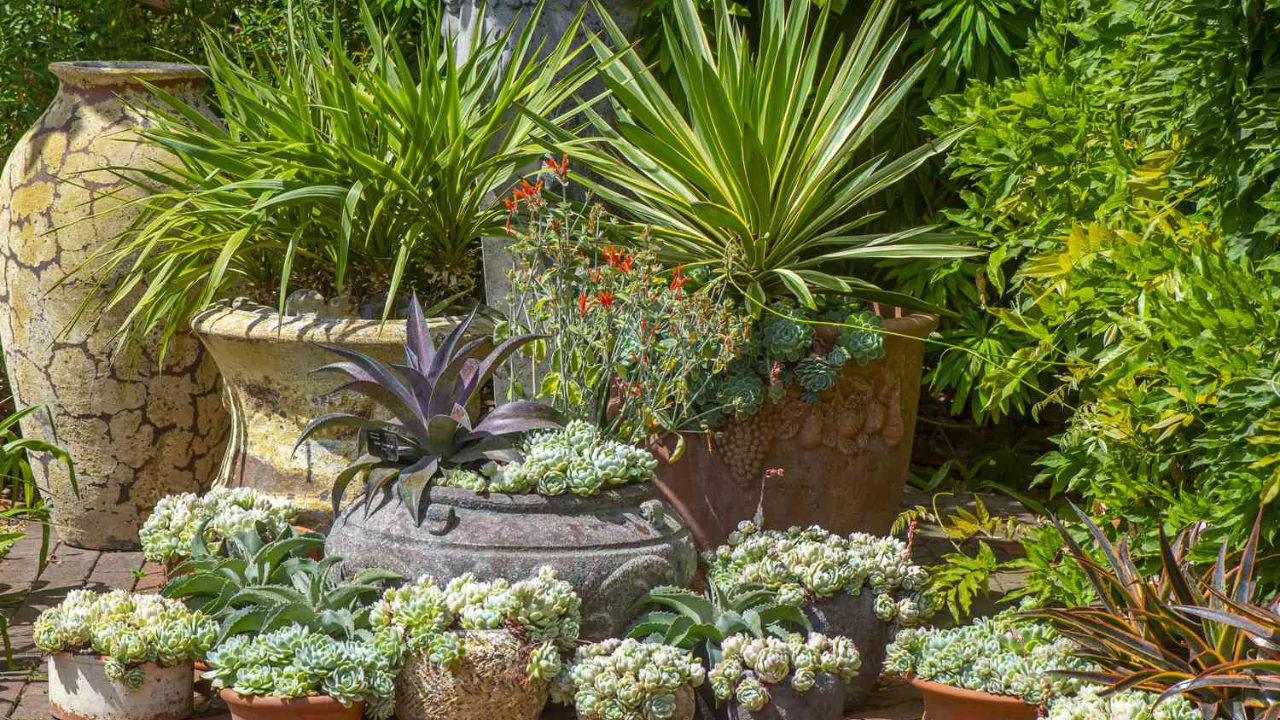
As with other flowers, bees seeking for nectar also visit columbines. If you dislike bees around your house, avoid placing columbine plants near doorways.
For potted columbine plants, remember that they do not prefer deep soil beds. Search your garden shed for a shallow container. Just be sure to plant them in a rich potting mix that will hold moisture.
When growing columbine in containers, also remember these essential guidelines:
- Maintain moisture, as well as temperature within 65-70 degrees Fahrenheit.
- Ensure that the fledgling plant receives sufficient light exposure (at least 6 hours of morning sun).
- Columbines do not require much feeding; provide a starter solution at 3-4 weeks of age.
- Potted columbines dry out faster, water regularly, but be careful not to overwater.
As an additional care technique, you may also apply a layer of mulch around the base of the plant. Mulch aids in regulating soil moisture and helps preserve the cool temperatures of the soil.
When planting Aquilegias, remember that columbine plants require lateral space too due to their rapid spread. Sow the columbine plants at least a foot apart; they will spread quickly once established.
Growing Columbines Directly in the Garden
As for sowing columbine flowers directly in the garden, the appropriate time is from mid-spring to early summer.
Please ensure that your seeds are well stratified and prepared before the planting. Follow the stratification procedure as discussed earlier to get the best results.
Start by cleaning the garden of all weeds and incorporating organic matter into the top 6 to 8 inches of soil.
At this point, you can sow columbine seeds by following these instructions:
- Sprinkle the seeds over the soil and cover them lightly with fine soil.
- Lightly firm the soil and keep it evenly moist, but not soggy.
- Seedlings will emerge in 22–30 days; thin them to a spacing of at least 10 inches to allow for spreading.
- Water regularly, but don’t soak the plants.
- DON’T let the young seedlings dry out.
How to Care for Columbine Flowers
Once grown, columbines require minimal attention, especially from a watering perspective. Just ensure that the plants do not dry out.
Watering should be done when the top soil layer becomes dry, and liquid fertilizer can be administered every month.
This regular fertilization encourages strong growth of vividly colored flowers and thick foliage.
If your columbine plants are overgrown by mid-summer, feel free to prune them hard. Pruning is beneficial and can encourage continuous blooming throughout summer.
However, leave the established stalks until early spring if pruning is required. Fall pruning will lead to new growth that is likely to be frost damaged if unprotected over winter.
Use the following brief outline for proper columbine care:
| Plant Location | Cultivation | Soil and Water Needs |
| Containers | Seed sowing, propagation by dividing the roots in the spring | Regular watering when young |
| Once established, they can survive a drought | ||
| Rock Gardens | Sow seeds in early spring – around 65 degrees Fahrenheit weather | Water well in hot summer weather |
| Woodlands | Transplant seedlings in early spring | Maintain moisture and nutrients in the soil |
| Sunny to Partly Shady | Self-sower | Moist well-drained soil |
The table outlines locations where columbines may be planted, key cultivation requirements, and care for soil moisture in each situation.
In addition, you may wish to divide columbine plants every 2-3 years to maintain health. This is especially key where self-sowing becomes problematic.
Lift the plants, dust the soil off, and separate the roots gently to form new plant sections.
What to Do With Columbine After it Flowers?
You will want to remove the spent flowers from your plants once flowering is finished.
In columbines, deadheading serves the purpose of promoting growth and further blooming. Also, it enables the columbines to continuously bloom throughout the summer.
At the later stages of flowering, as the flowers mature into seed heads, a considerable portion of resources is focused on seed production as opposed to flowering.
Deadheading diverts this focus to flowers, thus helping in maintaining healthier plants with more blooms.
Columbine Flower Pests and Diseases
Columbine (Aquilegia) lacks operational pests, and other problems, however, like all other plants there are certain issues to look out for. These include,
Leaf Miners
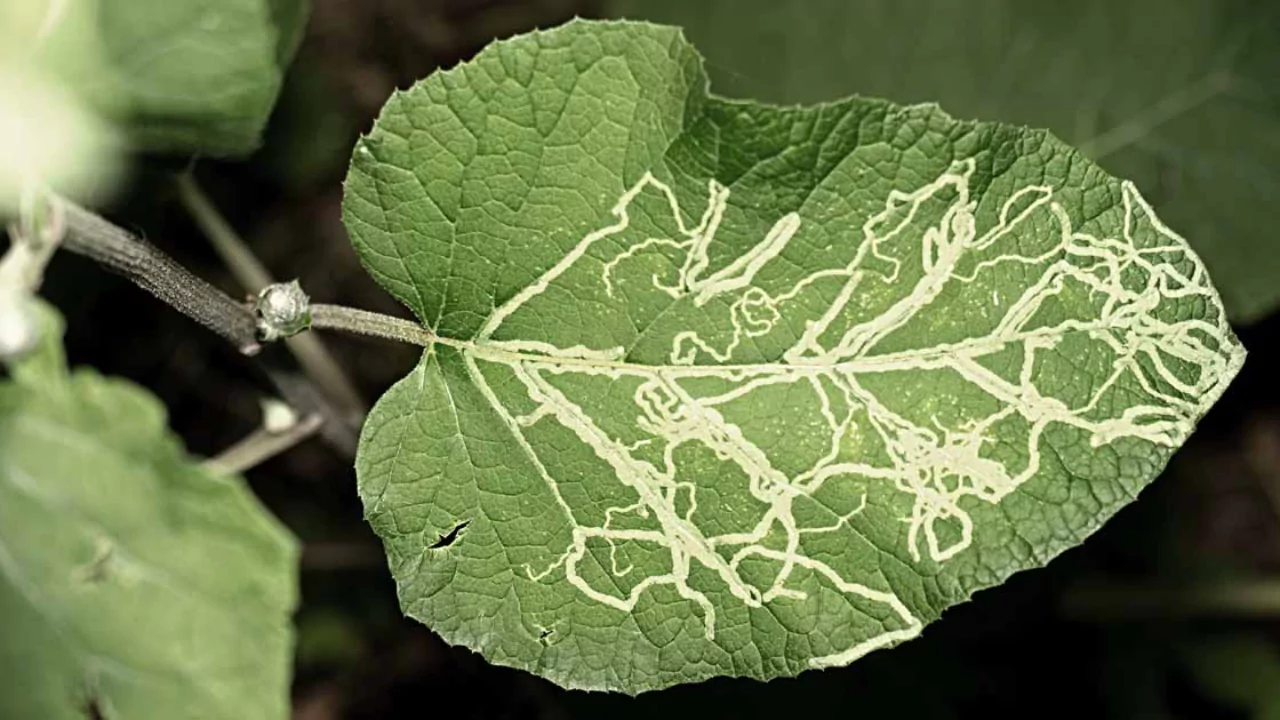
Columbine (Aquilegia) does suffer from having leaf hose which are small brownish or black flies that deposit their eggs on the leaf undersurface.
Upon the emergence of the eggs, the larvae consume the plant tissue, which results in unattractive but harmless damage to the leaves.
Leaf miners can be controlled with neem oil insecticide.
Powdery Mildew
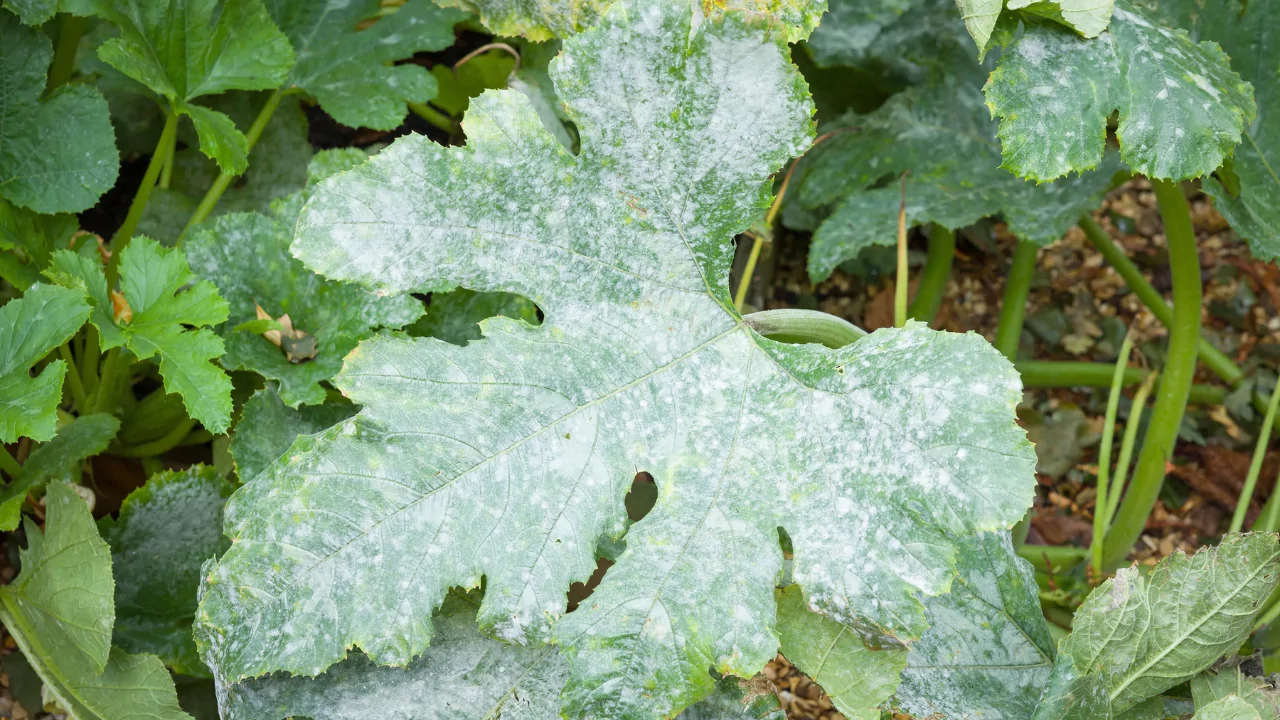
The term powdery mildew describes a fungal disease that manifests as a dusty white coating on the leaves.
In addition to being cosmetically unpleasing, powdery mildew can have stunting effects on your columbines, and may even lead to their death.
It flourishes in regions with warm temperatures and elevated humidity levels (around the plants). One effective preventative measure against the spread of mildew is ensuring that your plants’ leaves remain dry.
This can be accomplished by watering at the base of the plants, thereby preventing water from splashing onto the leaves. Additionally, maintain the appropriate spacing between plants to enhance air circulation.
For other treatments, neem oil has been proven to work for more persistent mildew issues. It is effective as a fungicide as well.